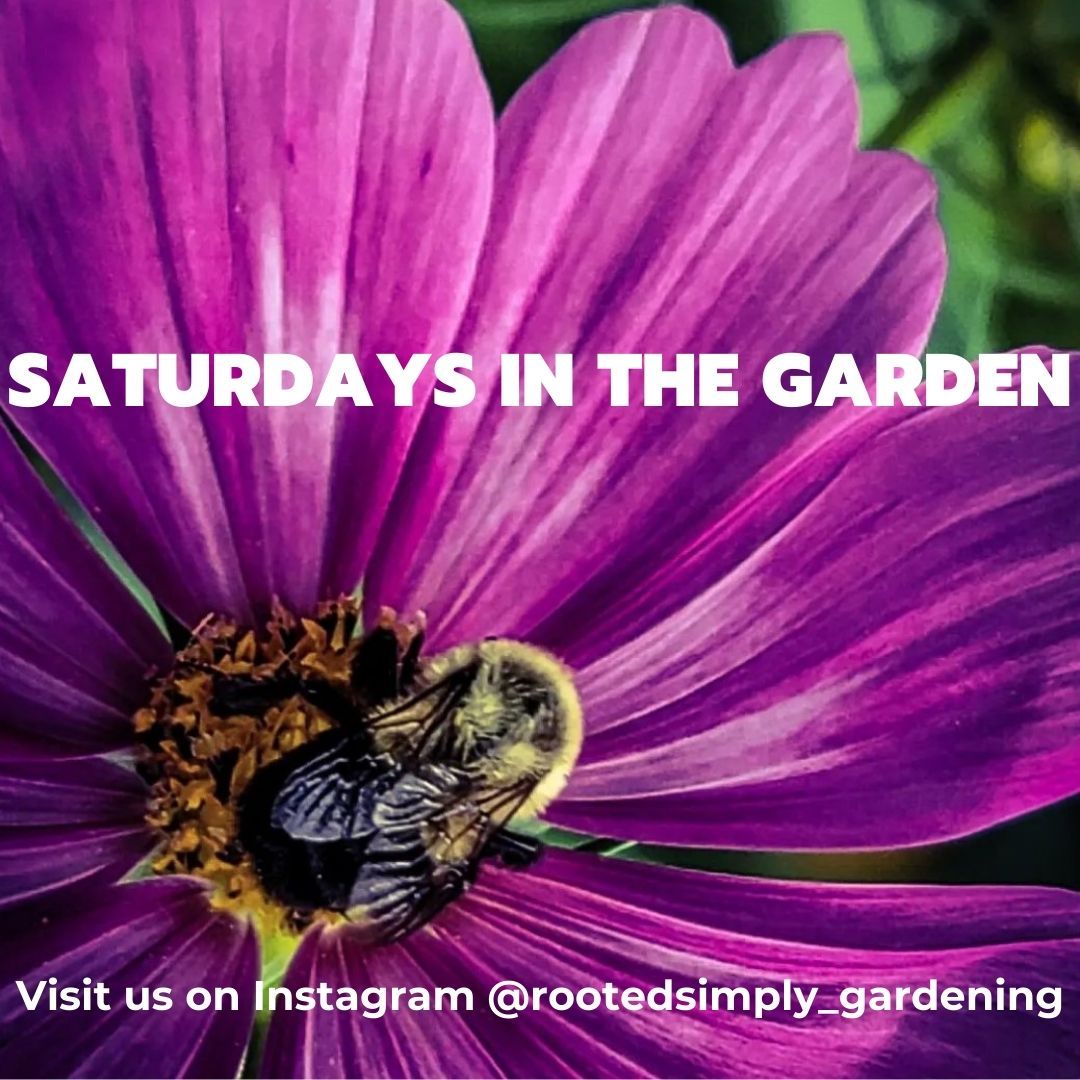Embarking on a gardening journey can be an immensely rewarding experience. Whether you’re a seasoned gardener or a beginner with a green thumb, having a well-organized checklist can be a game-changer in achieving a thriving and beautiful garden. In this blog post, we’ll walk you through a helpful checklist designed to streamline your gardening tasks and ensure your garden flourishes throughout the seasons.
Seasonal Planning:
Create a calendar with key dates for planting, pruning, and harvesting based on your region’s climate.
Research the specific needs of plants during each season, such as temperature requirements and sunlight preferences.
Soil Preparation:
Test your soil to determine its pH and nutrient levels.
Amend the soil with organic matter like compost or well-rotted manure to improve its structure and fertility.
Plant Selection:
Choose plants that are well-suited to your climate and soil type.
Consider companion planting to maximize the benefits between different plant species.
Watering Schedule:
Establish a consistent watering routine, considering the water needs of each plant.
Invest in a soaker hose or drip irrigation system to ensure efficient and targeted watering.
Mulching:
Apply a layer of organic mulch around plants to retain moisture, suppress weeds, and regulate soil temperature.
Replenish mulch as needed to maintain a 2-3 inch layer.
Weed Control:
Regularly inspect your garden for weeds and remove them promptly.
Use mulch and consider using a pre-emergent herbicide to prevent weed growth.
Pest Management:
Monitor plants for signs of pests and take preventive measures.
Employ natural pest control methods, such as companion planting or introducing beneficial insects.
Pruning and Deadheading:
Regularly prune plants to encourage healthy growth and shape.
Deadhead flowers to promote continuous blooming and redirect energy for better overall plant health.
Fertilization:
Feed plants with a balanced fertilizer according to their specific needs.
Avoid over-fertilizing, as it can lead to nutrient imbalances and harm the environment.
Garden Tools Maintenance:
Clean and sharpen garden tools regularly to ensure they remain effective.
Inspect hoses, watering cans, and other equipment for wear and tear.
Garden Cleanup:
Remove spent plants and debris to prevent disease and pests.
Consider composting suitable materials to enrich your soil.
Conclusion:
By incorporating this comprehensive checklist into your gardening routine, you’ll be well-equipped to nurture a vibrant and flourishing garden. Remember that gardening is a continual learning process, so stay curious, adapt to the needs of your plants, and enjoy the bountiful rewards of your green endeavors. Happy gardening!

